Mindset Monday: Awareness, Boyd’s Loop
Monday again, and we have come back around to the first part of our mindset trinity, awareness. This week we are talking about Boyd’s loop or as it is also called, the OODA loop. OODA is just plain fun to say. As humans we go through this process thousands of times a day, from the moment we wake up and make our coffee, to when we lay down at night to go to sleep.

Lt. Colonel John Boyd was an Air Force officer, and fighter pilot with a career that spanned World War II, Korea, and Vietnam. His ideas and tactics also had a great effect on the gulf war in the early 90’s. In the late 1950’s Boyd was known as “forty second Boyd”, and considered the best fighter pilot in the U.S., if not the world. He was called “forty second Boyd because he could beat anyone in simulated air-to-air combat in 40 seconds or less.
Throughout the 1950’s and early 60’s Boyd gave a series of briefings on his observations of dog fights that happened during world war 2. What he found is that fighter pilots that moved through four phases of decision making fastest, where the most successful.
The four phases he looked at where.
- Observe
- Orient
- Decide
- Act
While we work through this process almost every minute of every day, we want to look at it in the context of a self defense situation. If we have a protector mindset, and are aware of our surroundings and situation then, we are already practicing the first part of Boyd’s loop, Observe.
The second part, orient happens once we see a possible threat. Once we know that we are in a possible defensive situation, Our brains can tell us to do one of two things. The first is run, we orient ourselves away from the problem. The second is that we turn our bodies towards the threat. This is us orienting ourselves, getting ready for the confrontation.
Once we have observed, and oriented ourselves towards the threat, the next part is to decide. in the simplest terms. what do we do? do we find cover, do we give verbal commands, or does the situation call for us to draw our weapon? these and a thousand more are what will go through your mind in a fraction of a second. Your training (hopefully if you are reading this you have some or will get some) will dictate what you decide.
Finally its time to act on your decision. Once you have made your decision you have to commit to what you have chosen to do. In a defensive situation you don’t have the luxury of doing something half way. You don’t want to find yourself frozen and unable to act. In the first mindset class I took, we where told “just do something, even if it ends up being wrong, at least you have started moving”.
Our training should be designed to help us move through this loop as quickly as possible. Unfortunately when we find ourselves in a self defense situation, we are almost always at a disadvantage because the person that is the threat has already moved through their loop and is in the act phase. The good news is that there are things that we can do and train, that will force them to restart their loop and put us back ahead of them. But those are a topic for other posts.
If you want to get into more detail about the Boyd’s Loop (OODA) check out our “Situational awareness, and protector mindset” course. As always make sure to stay up to date with what we are doing by liking our Facebook and instagram.

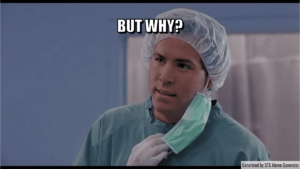 SO we have gone through some
SO we have gone through some 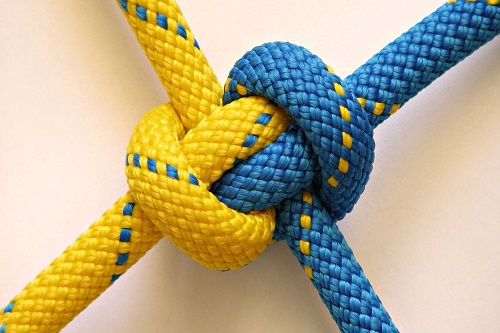
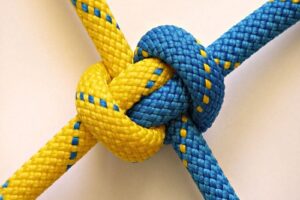 SO, it’s Friday and I haven’t posted anything this week for mindset Monday or Tuesday training tip. Well I apologize for that but I have doing some
SO, it’s Friday and I haven’t posted anything this week for mindset Monday or Tuesday training tip. Well I apologize for that but I have doing some 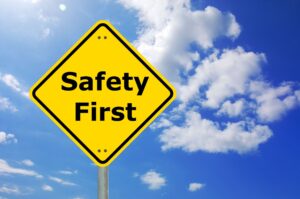 Lets talk about what I think the first and most important thing to look at when finding a firearms instructor, safety. When looking at an instructor one of the first things to look for is have there been any accidents in their classes? If you can’t find anything online about anything call and ask them. If they are a good instructor they should be able to say no OR if there has been, they should be able to tell you that why it happened, how any damage or injury was mitigated, and what they have done since to make sure that it doesn’t happen again. Next ask them what their safety S.O.P (Standard Operating Procedure) is. They should be able to tell you about what their process is if there is an accident or injury. They should be able to tell you about any medical training that they have gone through. Finely they should tell you about the medical and first aid gear that they have with them on the range at all times. Things to look for are tourniquets, chest seals, quick clot gauze, or at the very least kerlex rolled gauze, compression bandages and/or coflex dressing, as well as basic first aid things like band-aids etc.
Lets talk about what I think the first and most important thing to look at when finding a firearms instructor, safety. When looking at an instructor one of the first things to look for is have there been any accidents in their classes? If you can’t find anything online about anything call and ask them. If they are a good instructor they should be able to say no OR if there has been, they should be able to tell you that why it happened, how any damage or injury was mitigated, and what they have done since to make sure that it doesn’t happen again. Next ask them what their safety S.O.P (Standard Operating Procedure) is. They should be able to tell you about what their process is if there is an accident or injury. They should be able to tell you about any medical training that they have gone through. Finely they should tell you about the medical and first aid gear that they have with them on the range at all times. Things to look for are tourniquets, chest seals, quick clot gauze, or at the very least kerlex rolled gauze, compression bandages and/or coflex dressing, as well as basic first aid things like band-aids etc.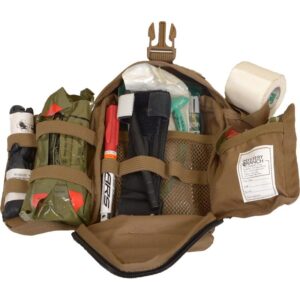 After safety, I think that the next important thing to look at is the type of training they do. Are they an instructor that says that you going to burn through 1000 rounds of ammo in a one day class? Or on the reverse, are they telling you that you are going to learn how be a SWAT team member with 50 rounds. The fact right now is that ammo is at a premium so most of us (myself included) are going to have a hard time parting with any of our ammo, and I think that if they tell you need that many rounds for a one day class then there is a good chance that you are going to be throwing rounds downrange with little actual training value. That being said you can only learn so much from non live fire training. As with anything and even more important in shooting, you HAVE to actually shoot your firearm so that you can verify and improve on the non live fire stuff. Ask them about the course of fire for the class, what types of drills they are going to be doing, and how each drill correlates to the type of class that you want to take. A good instructor should be able to tell you how every round you fire will help you improve.
After safety, I think that the next important thing to look at is the type of training they do. Are they an instructor that says that you going to burn through 1000 rounds of ammo in a one day class? Or on the reverse, are they telling you that you are going to learn how be a SWAT team member with 50 rounds. The fact right now is that ammo is at a premium so most of us (myself included) are going to have a hard time parting with any of our ammo, and I think that if they tell you need that many rounds for a one day class then there is a good chance that you are going to be throwing rounds downrange with little actual training value. That being said you can only learn so much from non live fire training. As with anything and even more important in shooting, you HAVE to actually shoot your firearm so that you can verify and improve on the non live fire stuff. Ask them about the course of fire for the class, what types of drills they are going to be doing, and how each drill correlates to the type of class that you want to take. A good instructor should be able to tell you how every round you fire will help you improve.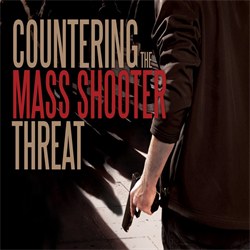 Now to why this week has been a little different. This week I did some training through
Now to why this week has been a little different. This week I did some training through  It’s Monday again! A little while back I wrote about the three things that I feel make up a “protector” mindset; awareness, confidence, and purpose. Well it is time to start expanding on those three topics. Today we look at part of what makes up awareness, How to recognize “social” violence. When you are confronted with a possibly violent situation, it is important to be able to recognize the type of violence that you are seeing or may need to deal with.
It’s Monday again! A little while back I wrote about the three things that I feel make up a “protector” mindset; awareness, confidence, and purpose. Well it is time to start expanding on those three topics. Today we look at part of what makes up awareness, How to recognize “social” violence. When you are confronted with a possibly violent situation, it is important to be able to recognize the type of violence that you are seeing or may need to deal with.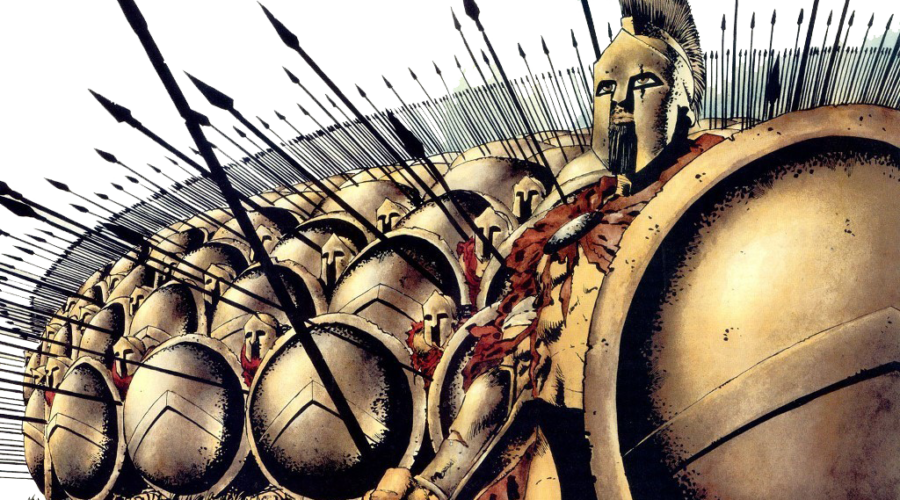
Recent Comments